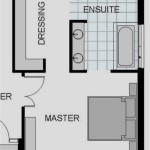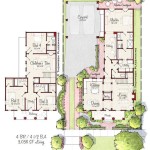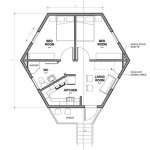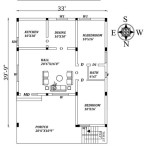Essential Aspects of Tiny House Built On Trailer Plans
Tiny houses on trailers have gained immense popularity due to their affordability, mobility, and eco-friendliness. Whether you're a seasoned DIY enthusiast or a first-time builder, understanding the essential aspects of tiny house built on trailer plans is crucial for a successful project.
1. Choosing the Right Trailer
The trailer serves as the foundation of your tiny house, so choosing the right one is paramount. Consider your weight capacity requirements, the length and width of the house, and the type of terrain you'll be navigating. Options range from single-axle trailers to heavy-duty triple-axle models.
2. Design Considerations
Tiny house plans must balance space optimization with functionality. Factors to consider include the number of occupants, the desired number of rooms, storage needs, and the placement of windows and doors. Utilize vertical space through lofts and built-in storage to maximize efficiency.
3. Building Materials
Proper selection of building materials is essential for durability and insulation. Consider using lightweight materials such as wood, aluminum, or steel for the frame. Opt for high-quality insulation to ensure comfort in all seasons. Pay attention to moisture resistance in areas like the bathroom and kitchen.
4. Electrical and Plumbing Systems
Tiny houses on trailers require specialized electrical and plumbing systems. Choose a qualified electrician and plumber to handle the installation and ensure adherence to codes. Consider solar panels or generators for off-grid power and propane or electric water heaters for hot water.
5. Legal and Regulatory Compliance
Before embarking on your build, it's crucial to check local regulations governing tiny houses on trailers. Regulations vary by jurisdiction, so research permits, zoning restrictions, and building codes. Failure to comply can lead to fines or legal complications.
6. Cost and Financing
Tiny houses on trailers can be surprisingly cost-effective. However, it's essential to estimate materials, labor, and other expenses accurately. Explore financing options if needed, such as personal loans, construction loans, or peer-to-peer lending.
7. Safety Features
Safety should be the top priority. Incorporate safety features such as smoke detectors, carbon monoxide detectors, and fire extinguishers. Ensure proper ventilation and install a hitch lock to prevent trailer theft. Consider earthquake-resistant construction in seismic-prone areas.
8. Customization and Personalization
Tiny house built on trailer plans offer endless opportunities for customization. Choose finishes, fixtures, and appliances that match your style and preferences. Incorporate personal touches, such as built-in bookshelves or a cozy fireplace, to make it truly your own.
Conclusion
Tiny house built on trailer plans provide a unique and rewarding path to sustainable living and homeownership. By understanding the essential aspects discussed above, you can create a functional, comfortable, and legally compliant tiny house that aligns with your needs and budget. Embrace the adventure and enjoy the journey of building your dream home on wheels.

Tiny House Trailer Design An Engineering Case Study Example

Free Tumbleweed Diy Tiny House Plans Houses

Quartz Tiny House Free Plans Ana White

Plans Tiny House By Hangan
Tiny House Trailer Design And Build Wee Make Change Cabin Trailers

Living Big In A Tiny House Trailers

Blueprints For Small Mobile Homes And Travel Trailers Tiny House Blog

Pin En Tiny Houses

Tiny House On A Trailer Construction Time Lapse

Building A Tiny House On Trailer What You Need To Know








